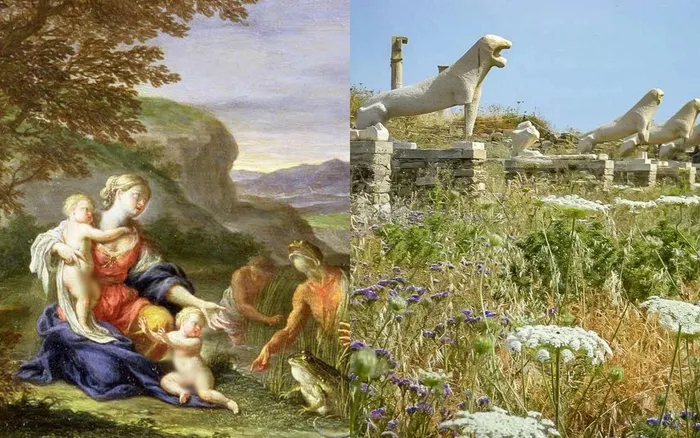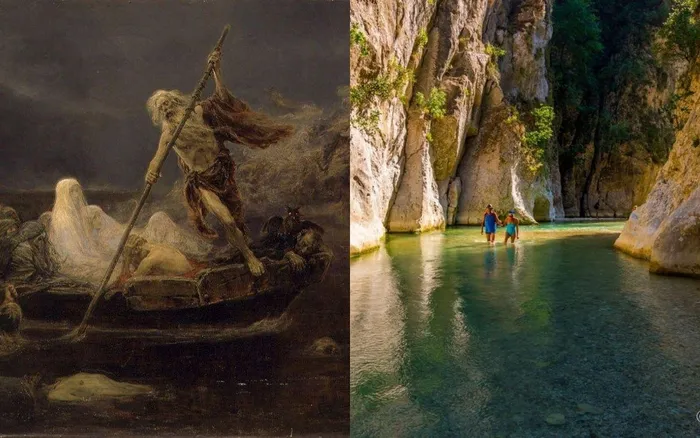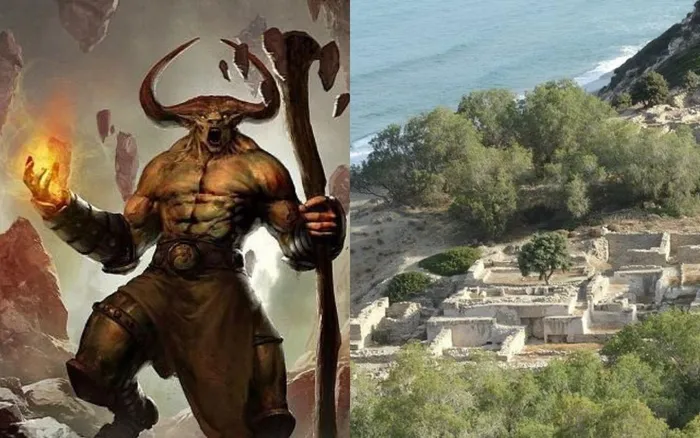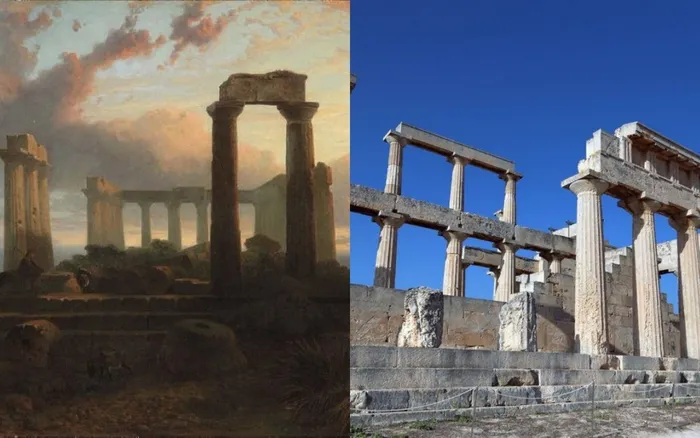Legendary tales often captivate us, regardless of their origin. However, Greek mythology stands out above all, permeating poetry, theater, novels, comics, movies, and even games.
Intertwined with the most famous tales of mythology, here are some places you can absolutely visit.
1. Mount Olympus
Mount Olympus is considered the most significant location in Greek mythology. According to the myths, this mountain was formed after the war between the Olympian gods and the Titans. After defeating the Titans, this mountain became the new home of the gods, led by Zeus.

This mountain is entirely real and located in Greece, towering over 3000 meters and being the highest mountain in the country. Romantic tales of nectar and the melodious tunes from Apollo’s lyre still echo from its slopes. Mount Olympus not only symbolizes Greek culture but also represents an unreachable paradise.

2. Mount Ida (Crete)
When it comes to Greek mythology, everyone immediately thinks of Zeus, the god who is perhaps the father of half the characters in Greek mythology. Besides his famous romantic escapades, Zeus is also a war god who defeated the Titan Cronos.

Zeus’ temple on Mount Ida
Cronos, a mighty Titan, fearing that his offspring would overthrow him, swallowed all his children. Zeus’ mother, Rhea, hid him in Ideon Cave on a mountain. This is where Zeus was raised until he could defeat his father. Today, this place is a popular hiking and exploration destination in Greece.
3. Delos Island
In addition to being recognized as a UNESCO World Heritage Site, this island also has significant importance in Greek mythology. Everyone has probably heard of the famous story of Leto, Zeus’ lover, who, fleeing Hera’s terrible jealousy, drifted to this island to give birth to two gods, Artemis and Apollo. Today, Delos Island also serves as a repository for invaluable artifacts associated with ancient Greek culture and mythology.

4. River Acheron
The gloomy River Acheron lies in the underworld realm for the deceased. It is the only river of the underworld in mythology that exists in real life and runs throughout the Greek territory. It is associated with many desolate mountain passages and even flows underground in some places.

The Necromanteion or Oracle of the Dead archaeological site is also located near the Acheron River, once a temple dedicated to the gods Hades and Persephone. Despite its reputation as a river of the underworld, the scenery around Acheron is lush and vibrant.
5. Ithaca
The epic tale of Odysseus’ 10-year journey home has been retold in the epic poem Odyssey. After the Trojan War, Odysseus sought his way home, overcoming many obstacles along the way. The mythical island of Ithaca appears, a sanctuary for the weary Odysseus after the fierce battle. In reality, Ithaca is a real place, boasting landscapes no less beautiful than those in mythology.

6. Kommos
The legend of the minotaur in Greek mythology is quite intriguing. The story goes that Knossos was the capital of a kingdom ruled by King Minos. The king had a peculiar son with the lower body of a human and the head of a bull. The king then confined it to a maze and brought people to sacrifice to this monstrous child.

Ultimately, the minotaur was killed by the prince of Athens and King Minos’ daughter. The exact location of the labyrinth where the monstrous child was confined is unknown. However, many believe that Kommos is the place where King Minos once ruled, thus linking this site to the mythological tale.
7. Aegina Island
Named after Zeus’ lover, Aegina Island lies in the Saronic Gulf. Legend has it that Asopus, the river god, and Metope’s daughter, Aegina, was taken by Zeus to the island of Oenone. Here, she gave birth to Aeacus, who became the island’s king, hence the island being named after Aegina.

Due to Hera’s jealousy, the island suffered a terrible epidemic. Zeus had to transform ants into humans to increase the island’s population. In reality, Aegina is also a beautiful island with picturesque landscapes, attracting countless visitors every year.
